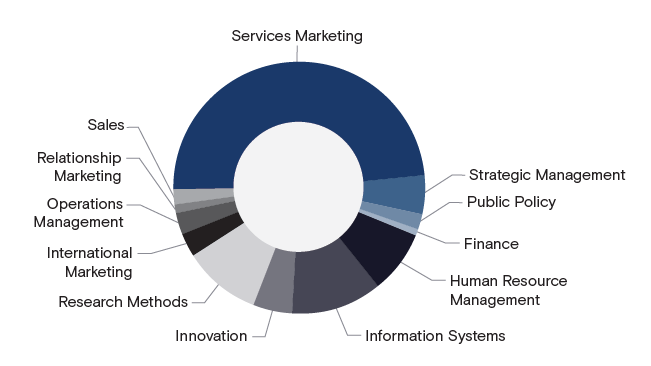|
Technology Readiness
Technology readiness refers to people's propensity to embrace and use new technologies for accomplishing goals in home life and at work. The construct can be viewed as an overall state of mind resulting from a gestalt of mental enablers and inhibitors that collectively determine a person's predisposition to use new technologies. The Technology Readiness Index (TRI), introduced by A. Parasuraman in 2000, consists of 36 attributes that measure the construct and its components. A streamlined and updated version with 16 attributes, "TRI 2.0," was introduced by Parasuraman and Colby in 2015. The Technology Readiness model differs from well-known acceptance models such as the Technology acceptance model (TAM) in that TRI measures beliefs an individual has about cutting-edge technology in general while the TAM model measures acceptance towards a specific technology. Technology Readiness is a multidimensional psychographic construct, offering a way to segment consumers based upon thei ... [...More Info...] [...Related Items...] OR: [Wikipedia] [Google] [Baidu] |
Journal Of Service Research
The ''Journal of Service Research'' is a quarterly peer-reviewed academic journal that covers the field of business studies. The current editor-in-chief is Ming-Hui Huang (National Taiwan University). The journal was established by Roland Rust (University of Maryland) in 1998 and is published by SAGE Publications. The Journal of Service Research is sponsored by the Center for Excellence in Service at the University of Maryland’s Robert H. Smith School of Business. Mission The mission of the ''Journal of Service Research'' is to be the leading outlet for the most advanced research in service marketing, service operations, service human resources and organizational design, service information systems, customer satisfaction and service quality, electronic commerce, and the economics of service. Scope The ''Journal of Service Research'' offers an international and multidisciplinary perspective on the best management practices in: * Service marketing * Service operations * Serv ... [...More Info...] [...Related Items...] OR: [Wikipedia] [Google] [Baidu] |
Technology Acceptance Model
The technology acceptance model (TAM) is an information systems theory that models how users come to accept and use a technology. The ''actual system use'' is the end-point where people use the technology. ''Behavioral intention'' is a factor that leads people to use the technology. The behavioral intention (BI) is influenced by the ''attitude'' (A) which is the general impression of the technology. The model suggests that when users are presented with a new technology, a number of factors influence their decision about how and when they will use it, notably: *''Perceived usefulness'' (PU) – This was defined by Fred Davis as "the degree to which a person believes that using a particular system would enhance their job performance". It means whether or not someone perceives that technology to be useful for what they want to do. *''Perceived ease-of-use'' (PEOU) – Davis defined this as "the degree to which a person believes that using a particular system would be free from eff ... [...More Info...] [...Related Items...] OR: [Wikipedia] [Google] [Baidu] |
Psychographic
Psychographics is a qualitative methodology used to describe traits of humans on psychological attributes. Psychographics have been applied to the study of personality, values, opinions, attitudes, interests, and lifestyles. Two approaches to psychographics include analysis of consumers' activities, interests, and opinions (AIO variables), and values and lifestyles (VALS). Psychographics are applied to the study of cognitive attributes such as attitudes, interests, opinions, and belief, as well as the study of overt behavior (e.g., activities). Psychographic studies of individuals or communities can be valuable in the fields of marketing, demographics, opinion research, prediction, and social research in general. Psychographic attributes can be contrasted with demographic variables (such as age and gender), behavioral variables (such as purchase data or usage rate), and organizational descriptors (sometimes called firmographic variables), such as industry, number of emplo ... [...More Info...] [...Related Items...] OR: [Wikipedia] [Google] [Baidu] |
